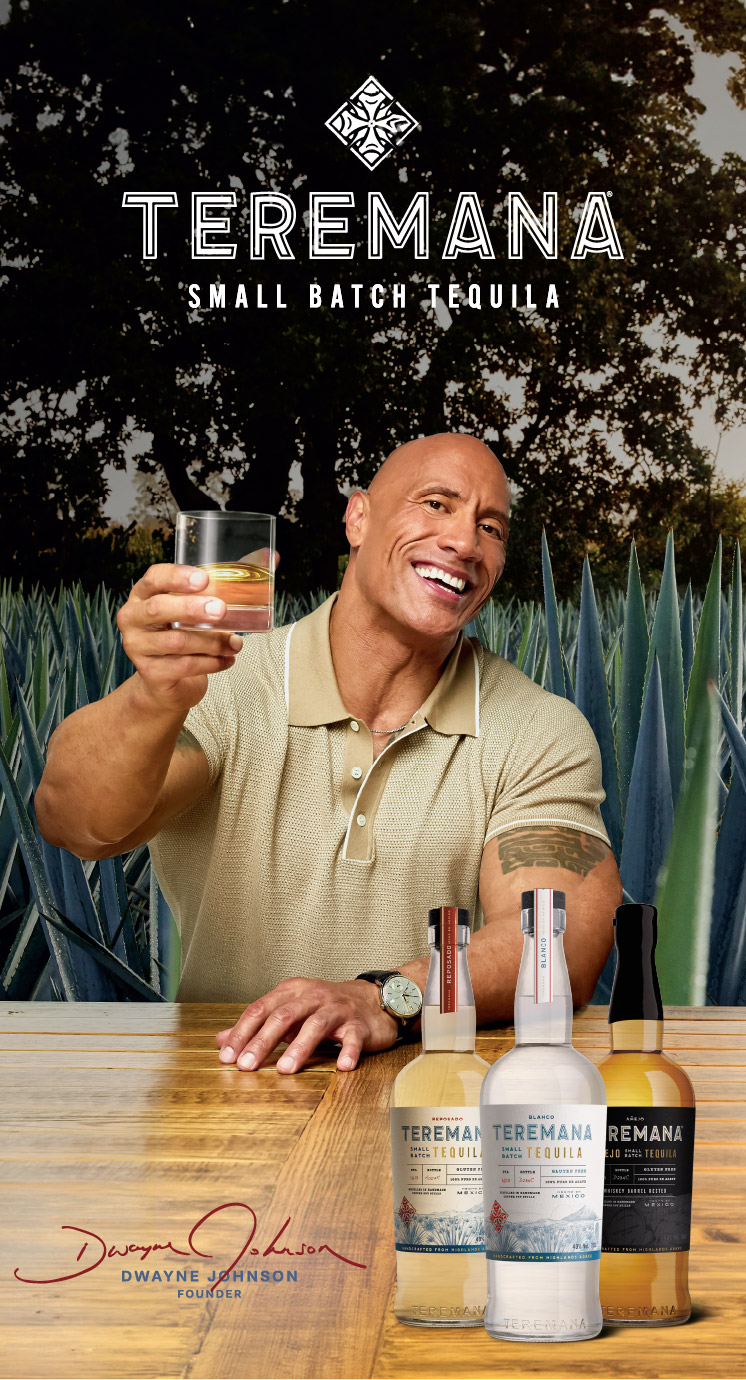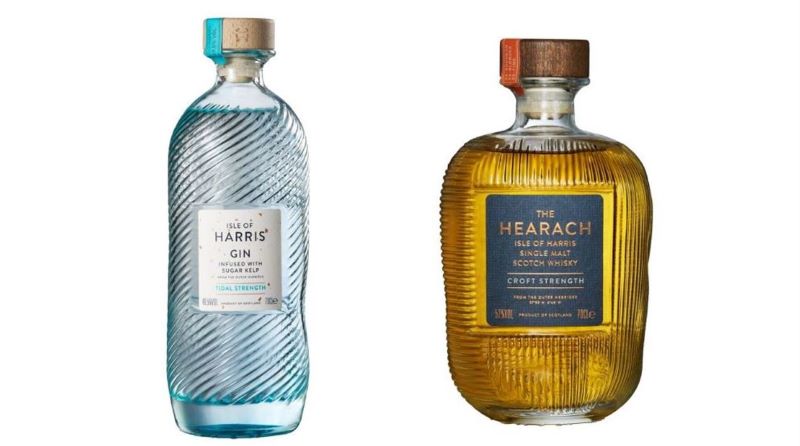
Halewood Wines & Spirits is quickly translating the powerhouse performance of its Whitley Neill gin brand from the UK domestic market into travel retail. Managing Director Global Travel Retail Simon Roffe says the channel is fast becoming a vital one for brand-building, volume and new product development, with other European markets earmarked for the next phase of growth.
He says: “The company philosophy is to bring small-batch, high-quality handcrafted products in different flavours to the gin market. The travel retail channel backs that up, acting as a window to support brand-building in the UK and beyond.”
Whitley Neill’s rapid emergence has been driven by its home market in the UK, where it has become the leading brand in the off-trade by value (Nielsen). “That is driven by two factors,” says Roffe. “We are encouraging gin drinkers to drink better and we are recruiting Millennials into gin with creative, colourful packaging and great product.”
The Whitley Neill brand recently passed 12-month volumes of over 300,000 nine-litre cases, with travel retail contributing almost 30,000. As an illustration of the rapid rise of the brand in the channel, Whitley Neill volumes are now almost ten times larger than they were a year ago in travel retail, buoyed by multiple listings among the major retailers.
The vibrant bottle colours and the flavour varieties, as well as the unusual use of the fruit of the baobab tree, add a strong point of difference. Recently added flavours in travel retail (in one-litre bottles for the channel) include Aloe & Cucumber and Parma Violet, which complement the Rhubarb & Ginger, Blood Orange, Raspberry, Quince and Lemongrass & Ginger editions. The range is led by the brand’s original Handcrafted Dry Gin, with its striking black bottle, which Halewood says is selling fast in travel retail in the UK and Europe.

Although it is a recent entry into the market, there is gin-making heritage too. The brand was founded by Johnny Neill, who gave up his job as a stockbroker to become a distiller, creating the Whitley Neill brand in 2005. He comes from a long line of gin makers; Neill is the eighth generation of the Greenall-Whitley family, which has been involved in the business since 1762.
Neill approached Halewood to help him develop the brand and the company acquired it in 2009. After Halewood CEO Stewart Hainsworth took over in 2015, he introduced a senior team of people from around the drinks world in an effort to take it to the next stage. That included Roffe for travel retail.
“In that first year we had very little business, and only had the Whitley Neill 70cl bottle,” says Roffe. “I was only just paying my way, but couldn’t invest in shows or events. The breakthrough came when Gebr Heinemann agreed to take the Handcrafted Dry Gin in the black bottle. We began to establish ourselves with unique packaging and flavours and the range has grown from there, with one-litre bottles soon added for this channel.”

Whitely Neill gin is now available across the UK travel retail business with Dufry-owned World Duty Free, but is growing well beyond its home market. The brand has achieved major advances in the channel in Europe, Asia and North America, adds Roffe, noting his goal of building distribution globally with the major international players.
The inflight channel is another big opportunity that the brand is seizing.
“A sign of our success is what we are doing onboard airlines,” says Roffe. “We signed up with Ryanair for the first time from 1 November, with our Rhubarb & Ginger miniature. We are with Virgin Atlantic since 1 January, including pre-order recently. Today Rhubarb & Ginger is the number one selling spirit onboard Virgin. We are exceeding planned supply on British Airways and other carriers. It is a success story both in pouring and in retail.”

Aided by the growth trajectory in travel retail, Roffe has been expanding activity, supported by marketing and in-store merchandising.
“What about the chance to make your own gin or to sell mini stills? Imagine being able to walk out of the store with your own gin or have it shipped home? We have to take the hand-crafted idea into the channel.”
Examples are a tasting bar established at Copenhagen Airport this month, participation in DFS’ craft spirits event and market entry to Hong Kong with Duty Zero by cdf, which took several lines as regional exclusives for a month.
“We have regular new material and new executions that allow us to bring the portfolio alive in travel retail,” says Roffe. “Asia is a priority for me. We work with MG Cellars who do a good job supporting the brand and providing resource that I don’t otherwise have. We are now expanding, and I’ll be seeking help to build and manage the business with new recruits.”
More flavours will emerge, as will further premiumisation in the category from Halewood, says Roffe.
“We will target the next level. We see gin moving forward with limited editions, aged editions and special products, basically mirroring the single malt mentality.” Marylebone gin, a double gold medal winner at the 2018 San Francisco World Spirits Competition, is one premium opportunity.
Roffe says: “Marylebone has been on the market for around a year so far, mostly in the on-trade but with some off-trade. We aim to add it to the travel retail portfolio at a more premium level. It tells a great story too, of the pleasure gardens around Marylebone in Georgian times.”

That connection to London and its gin-making history is important. The company’s City of London distillery [it also has a distillery in Liverpool – Ed] helps Halewood deliver Sense of Place, even with new brands in a fast-moving category.
“Gin can offer a sense of location just as other categories can,” says Roffe. “Our distillery near St. Paul’s has produced many gold prize-winning gins. Why can’t we make City of London gin a feature of London’s airports? It is locally conceived and made and tells a great story.”
The City of London distillery also offers visitors another opportunity to premiumise and personalise. “If you want a celebration gin in small batches, we can do this for you. And that begs the question, where do we go for the next level of gin? A cask-aged selection? A different flavour variation? How do travel retailers take that next step in the face of consumer demand? How flexible are they? Can you really plan your listings for 2020 or 2021 when these products are in demand now? It’s about catching the wind of consumer tastes.”
Inspired by how other categories are treating emergent brands and concepts, Roffe says that gin still has opportunity to create unique experiences for travellers.
“We make our own gins come to life at the distillery and we want to replicate that in travel retail. On the product side we could make something for Master of Spirits, or Le Clos, perhaps through exclusives. What about the chance to make your own gin or to sell mini stills?
“Imagine being able to walk out of the store with your own gin or have it shipped home? We have to take the hand-crafted idea into the channel. It’s not just about scale and volume. We have opened the door but now we need to keep bringing new ideas to the table.”

That also means retailers taking a chance on emerging craft products. Some are responding, others are moving more slowly.
“I like what ARI have done in Dublin, for example,” says Roffe. “It’s sensational. They have a vast range that they will rotate and are a great example of offering innovation in the category.
“But generally for the small supplier it’s not easy to imagine a tasting bar or a major activation in a major airport given the costs involved. Some of the bigger retailers who can make the footfall work for emerging brands could be acting faster, and talking to more of the smaller brands for their festivals.”
For now, the task for Roffe and his team is to maintain the momentum of Whitley Neill and take its gin story to the world. In the past year in particular, the fuse has been lit under the brand in travel retail. Now the company aims to see it explode.












